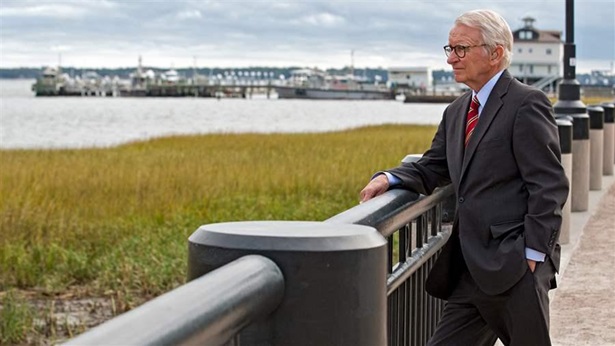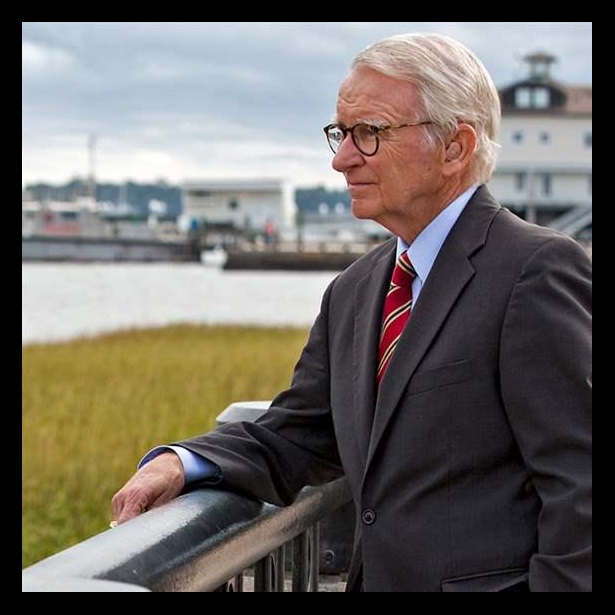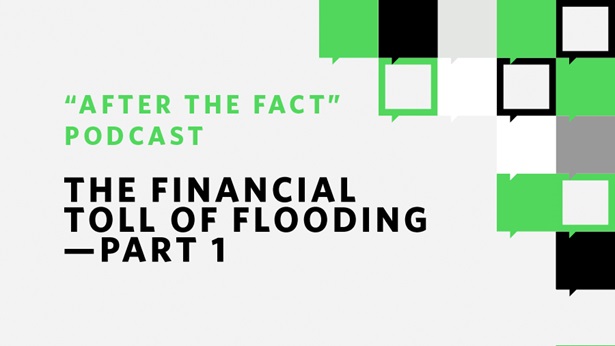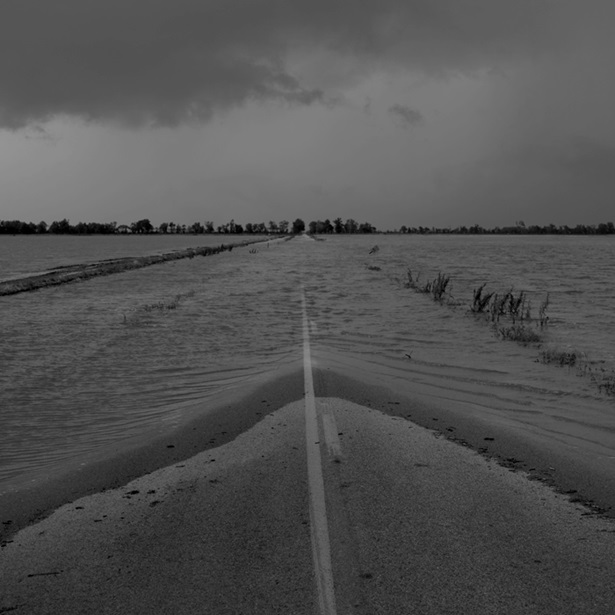Fierce Hurricane Season Again Shows Value of Natural Flood Barriers
Preserving and restoring buffers such as wetlands and open space can offset risk
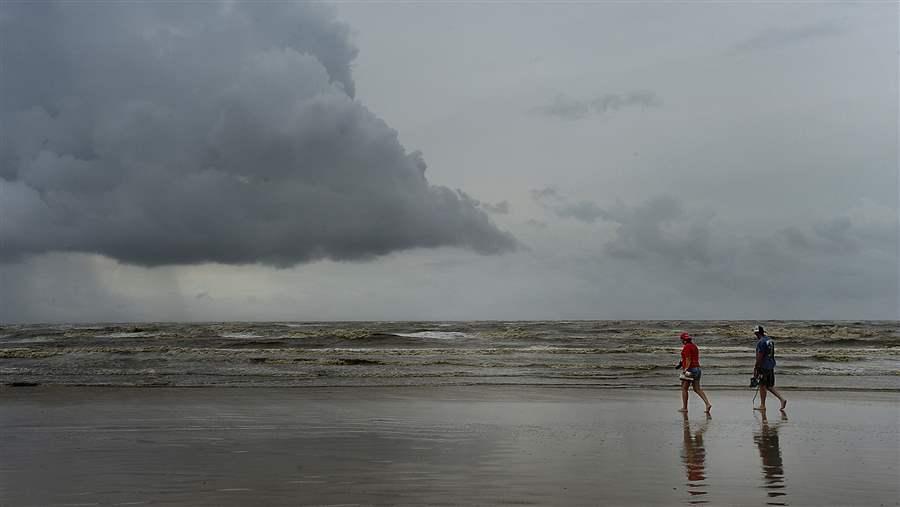
A couple strolls on McFaddin Beach northeast of Galveston, Texas, a day after Hurricane Harvey made landfall nearby. Recently restored dunes there protect areas inland from coastal flooding.
© Kim Brent/Beaumont Enterprise via Associated Press
This has been updated to reflect a change in the financial value of property damage averted and to provide a new link to the study on wetlands in the Northeast during Superstorm Sandy.
Wherever it rains, it can flood. After seeing the intensity of hurricanes Harvey, Irma, and Maria—Harvey alone dumped 33 trillion gallons of rain on Texas—coastal and inland areas around the country are seeking ways to better withstand floods. And one way to do that is to preserve and expand natural barriers that help protect communities from floodwaters.
Wetlands, for example, serve as natural flood buffers, yet they are shrinking and disappearing around the U.S. to make room for more development. The Greater Houston area lost approximately 24,600 acres of freshwater wetlands from 1992 to 2010, according to research published by Texas A&M University. Harris County—where Houston is located—lost 29 percent of its wetlands over that span, and Montgomery County, just north of Houston, lost nearly 10 percent. Had those wetlands been in place during Harvey, they could have helped lessen the severity of flooding for some in Texas.
The value of nature-based solutions, which also include natural shorelines, mangroves, and open green space, for flood-risk reduction is well-documented. A report commissioned by The Nature Conservancy and University of California, Santa Cruz examined the role of wetlands in the Northeast during Superstorm Sandy and previous hurricanes. It found that coastal wetlands prevented $625 million in property damage. In Maryland, wetlands reduced damage from those storms by nearly 30 percent.
Some municipalities have recognized the value. After hurricanes Francis and Ivan brought 27 inches of rain and flooding to parts of North Carolina over 10 days in 2004, the city of Brevard adopted a “No Adverse Impact Certification” for future development. The designation, from the Association of State Floodplain Managers, ensures that development projects do not increase flood flow or erosion within the flood plain and that they maintain the area’s natural riverbank buffers against riverine flooding.
Other solutions include buying out repeatedly flooded properties and turning the land into open space. Iowa did just that with 1,500 flood-prone properties the state acquired over roughly two decades, starting after catastrophic flooding in 1993. A 2009 analysis by the Iowa Department of Homeland Security looked at 703 of those properties in 12 communities and found that all would have flooded again and that the buyout and conversion prevented more than $98 million in costs to owners for repairing, rebuilding, replacing possessions, and staying in temporary quarters. The initiative was so successful that Iowa recently bought out another 2,000 properties.
As communities, states, and the federal government begin to rebuild damaged areas after Harvey, Irma, and Maria, they should consider policies that allow natural features to serve their flood-mitigation function. Following this strategy would help ensure that new development—or rebuilding efforts—won’t increase flood risk.
Laura Lightbody directs The Pew Charitable Trusts’ flood-prepared communities initiative.



